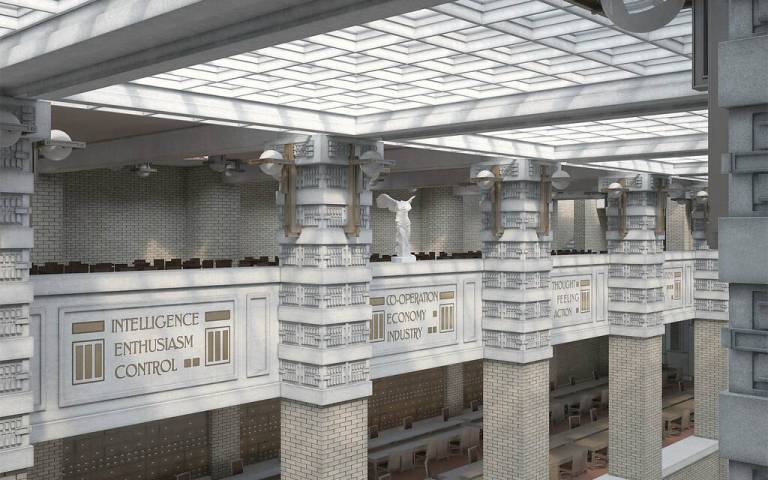 Research
Research

Subject
Where Do You Cry in an Open Plan Office? Labour Process Theory and Commercial Office Interiors.
First and second supervisors
Abstract
The Coronavirus pandemic has placed the design, use and future of office space under unprecedented scrutiny. Despite this increased attention, decades-old assumptions and understandings about office spaces remain unquestioned. Recent literature continues to study and theorise the office as a space disconnected from the broader economic pressures and systems within which these spaces lie. This has led to a historiography which portrays the office as an ever-evolving and constantly improving space designed exclusively around specific execution of work duties and functions.
This dissertation suggests that history of the office may more accurately be described as one of continuity, marked by the proliferation of a particular spatial type – the open plan office. While the physical layout of commercial offices has remained remarkably consistent, the rationale and reasoning underpinning office designs – their ‘packaging’ – has adapted over time to be applicable and palatable to a changing zeitgeist. This revised history and theorisation of commercial office interiors will be explored through an application of a labour process oriented lens, exploring historical and contemporary office designs as they relate to the worker experience.
Expanding on concepts proposed in Harry Braverman’s 1974 seminal volume Labor and Monopoly Capitalism, this dissertation suggests that it is capital’s need to control not only the amount of work produced by labourers, but also the way in which work is carried out which drives office design and reproduces the open plan office. Utilising Braverman’s labour process framework, this thesis suggests that from the factory to the Googleplex, capital’s fundamental need to control how work is executed has led to the development, ubiquity, and longevity of the particular office designs.
This thesis incorporates two historical case studies of worker experience: the Larkin Administration building (1906) and Herman Miller’s Action Office (1964). It also offers two contemporary ones: a Midwestern technology company and a Northern European alternative office plan.
Biography
Petra Seitz is a Design Historian focusing on the intersection between politics and design. In addition to her Bartlett PhD, Petra is currently undertaking work on modernist furniture designed for the city of Chandigarh, India - find out more at this link.
She holds a BA in Politics from Oberlin College and a MA in History of Design from the Victoria and Albert Museum/Royal College of Art where her dissertation examined World War II bomb damage to the facade of the V&A Museum and the development of heritage-based understandings of historical events.
Prior to her current career in design history, Petra worked in non-profit fundraising in both health and media landscapes. She currently teaches at University of Greenwich and works as a PGTA at the Bartlett School of Architecture.
Image: "Larkin Administration Building / Frank Lloyd Wright / Buffalo, New York / 1904-06" by Hooked On The Past is licensed under CC BY-NC-SA 2.0
 Close
Close

